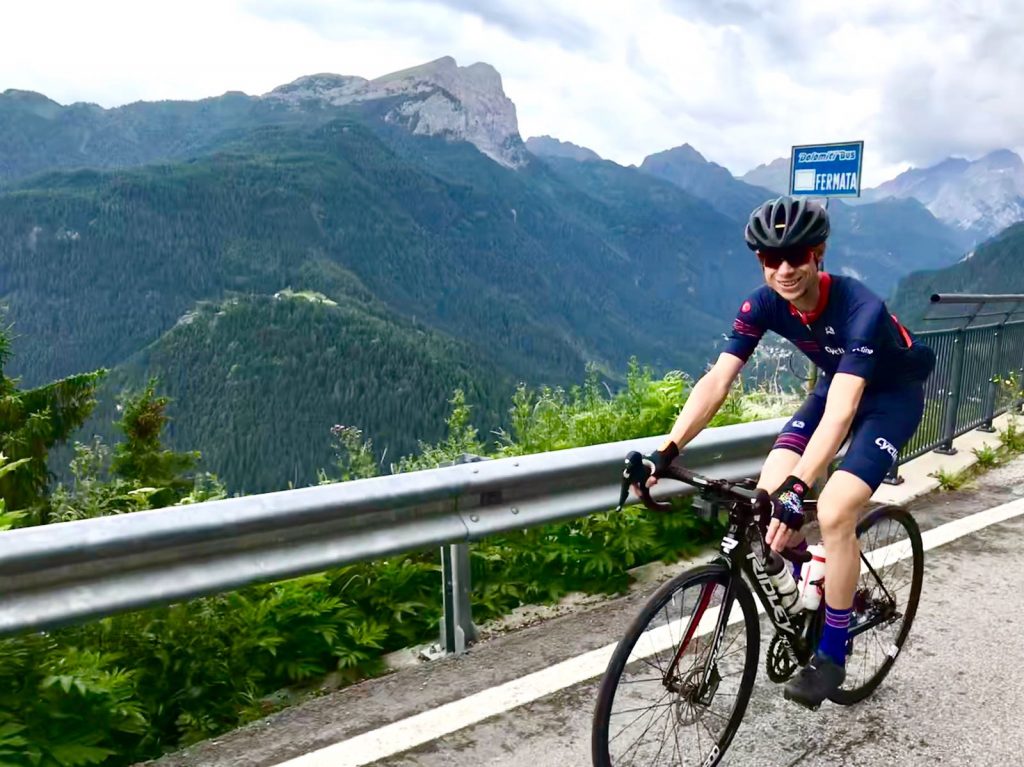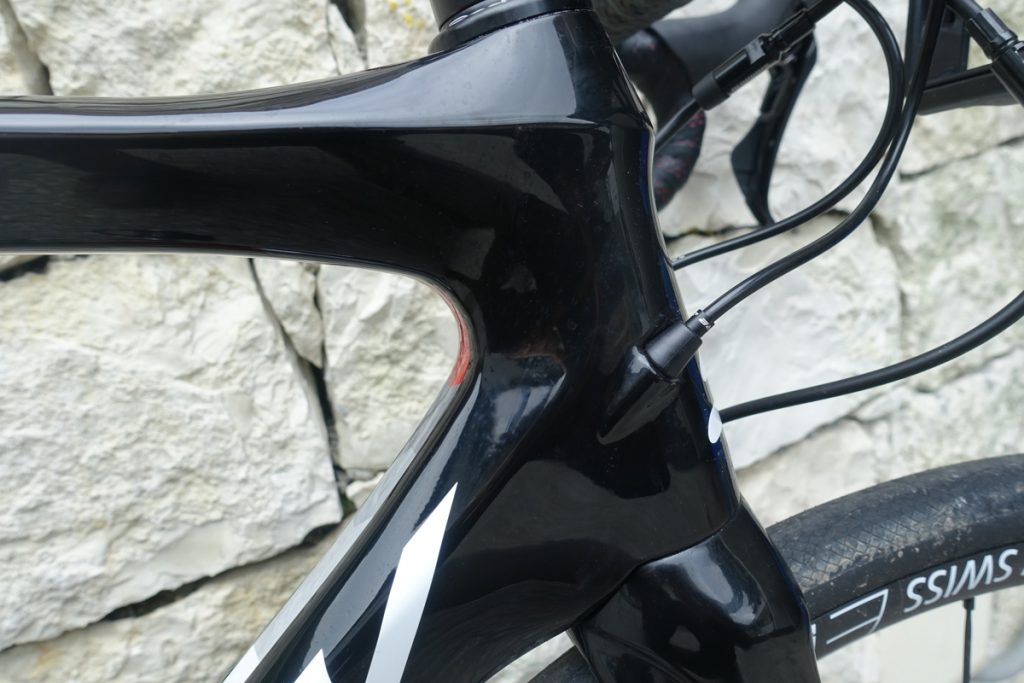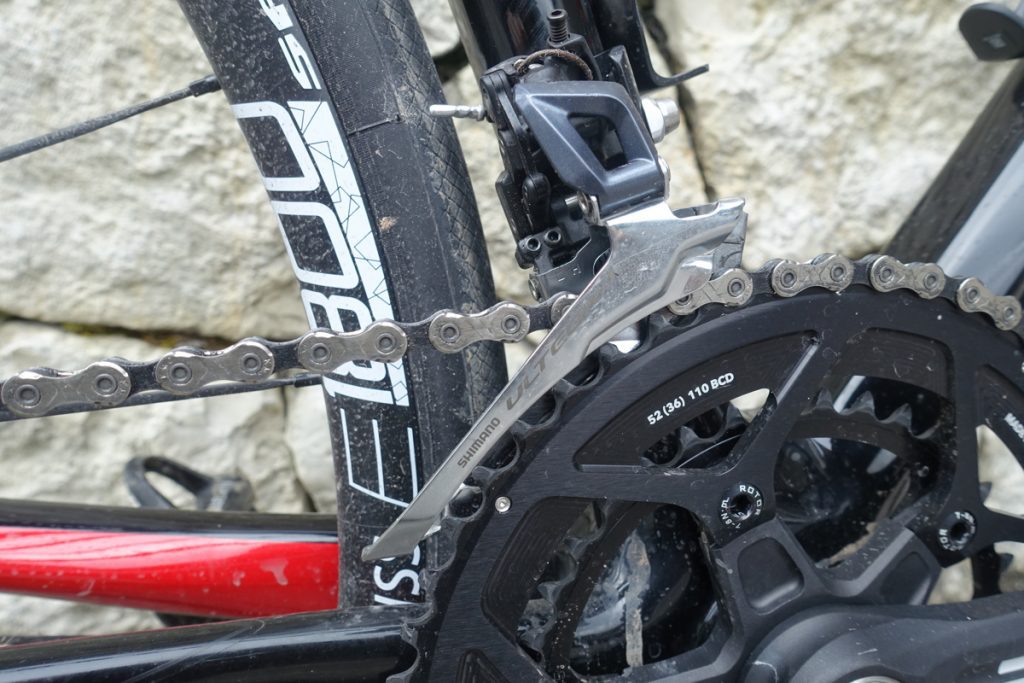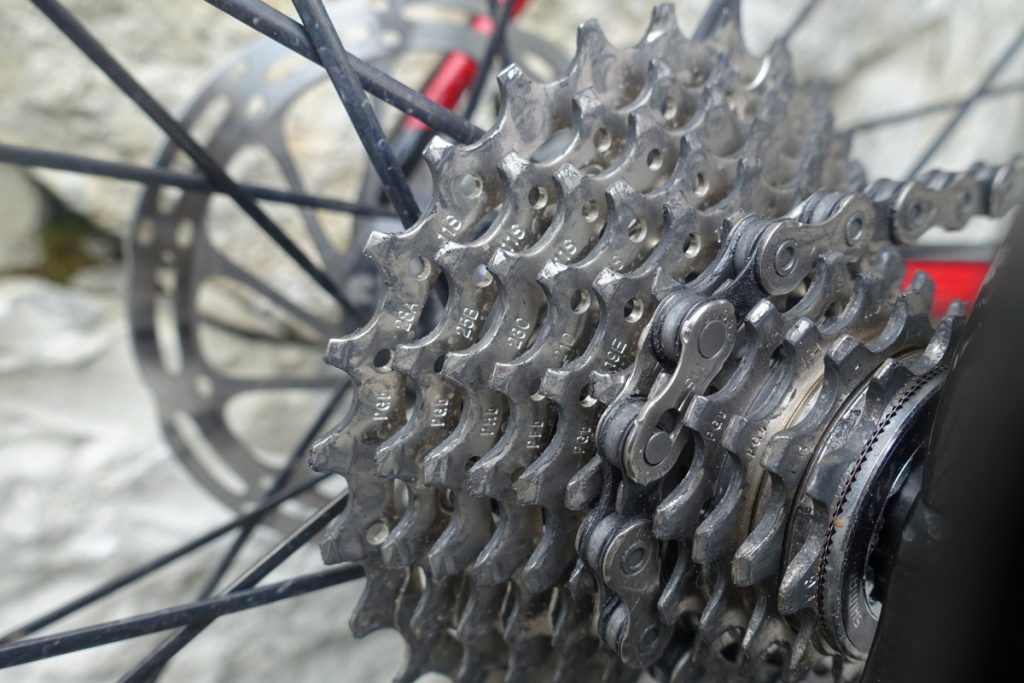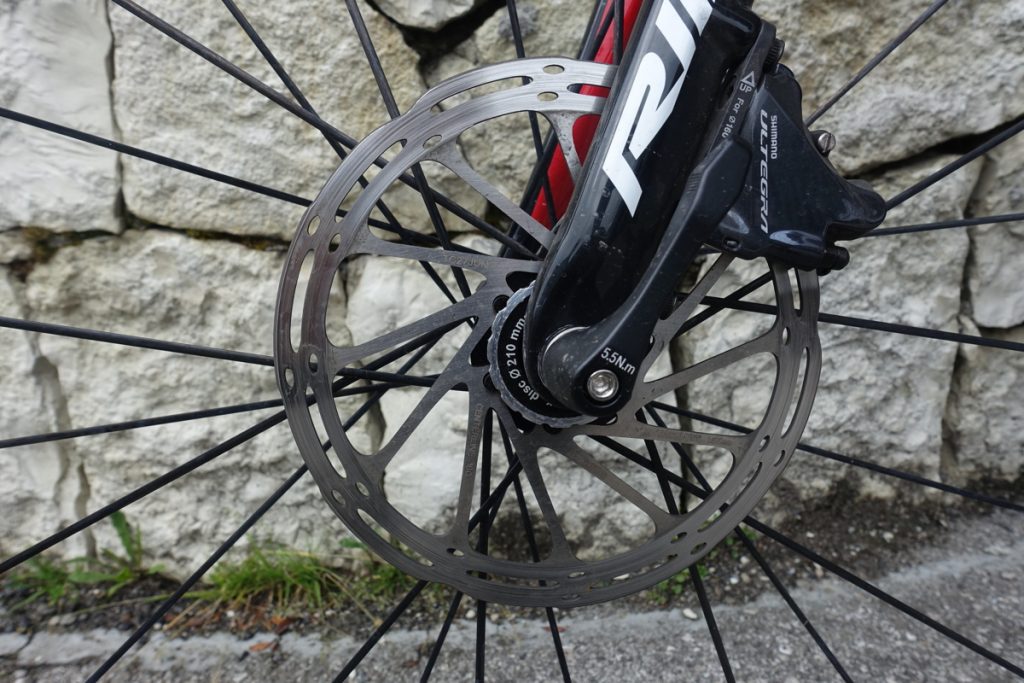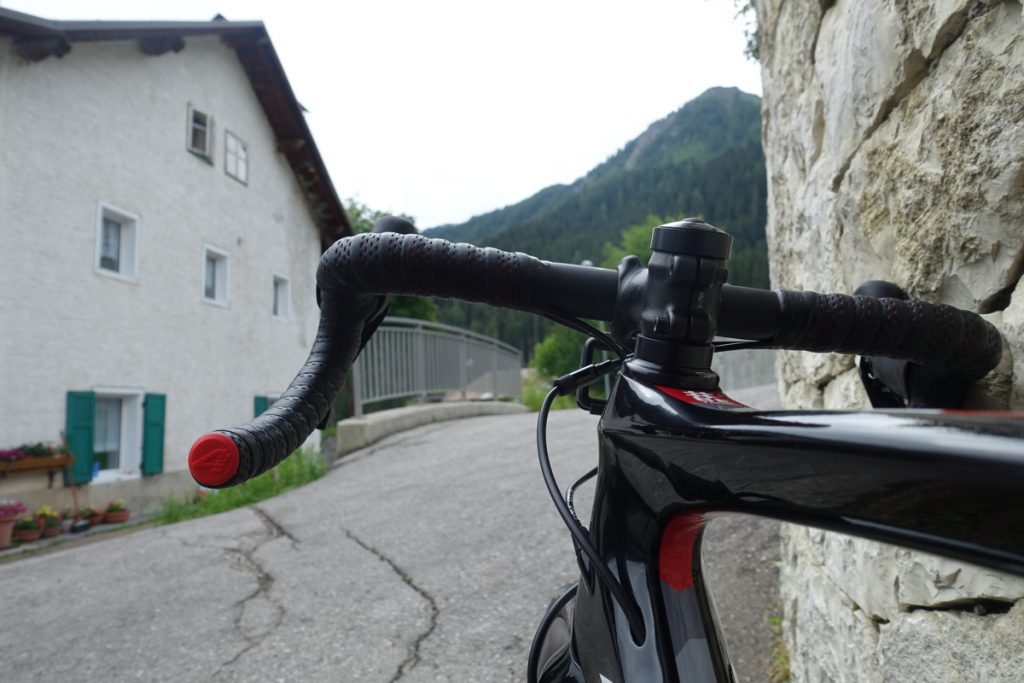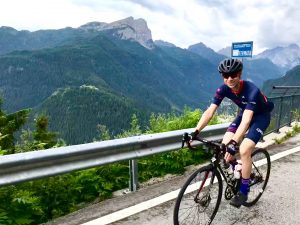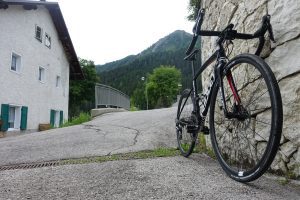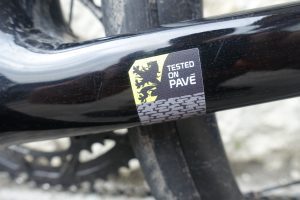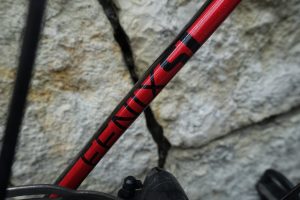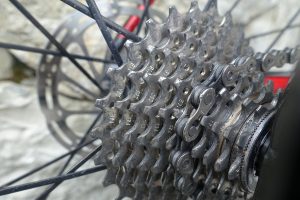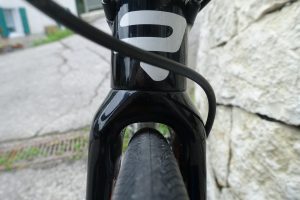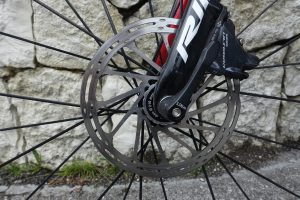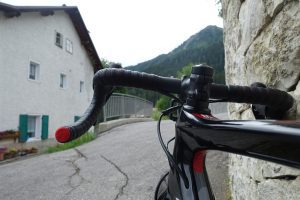Testing the Ridley Fenix SL Disc in Italy’s Dolomite Mountains
The benefits of endurance far from the cobbles
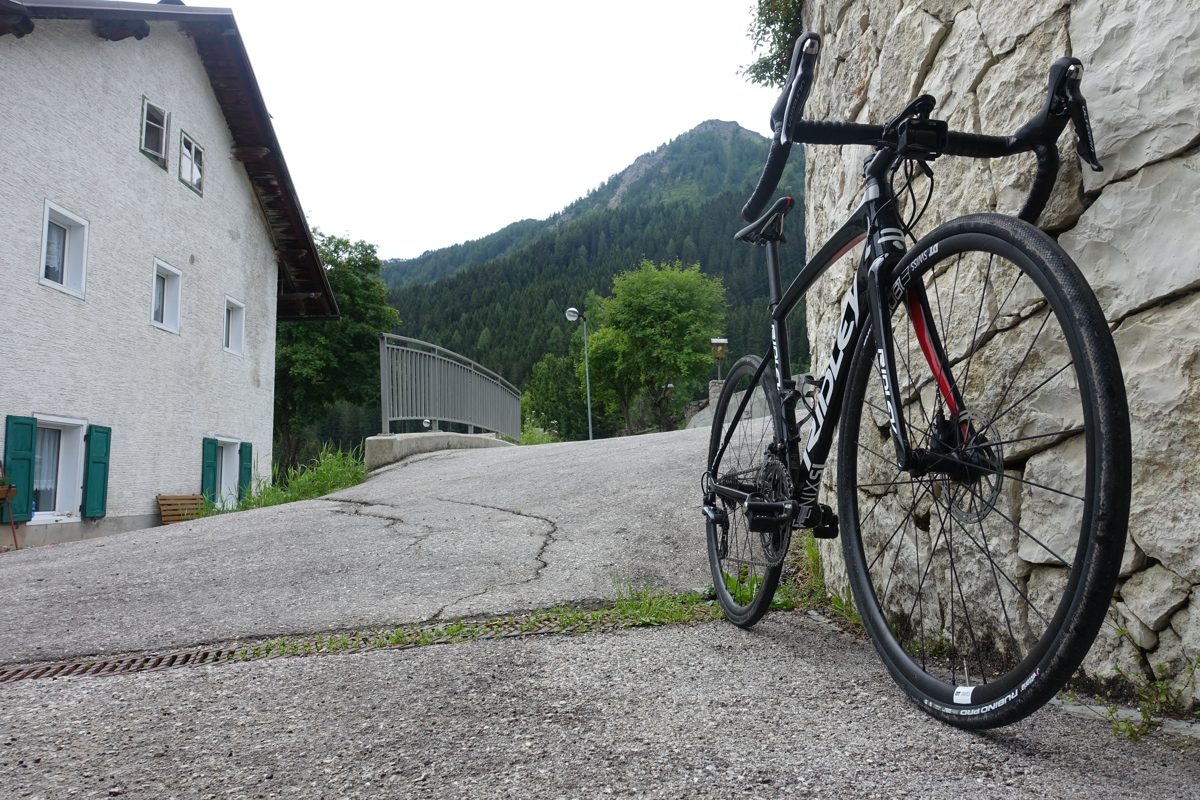
When Tim McDermott, MEC bike product manager, said he got me Ridley Fenix SL Disc for testing, I thought he had made a mistake. It’s not that I don’t trust McDermott’s judgement. He has years of experience in the bike industry. Also, I was keen to test a Fenix, but we were heading to the Dolomites, mountains in northern Italy with such intimidating climbs as Passo Giau, Gardenia and Fedaia. Wouldn’t Ridley’s lighter, slightly more spritely Helium be better for tackling steep inclines?
The Fenix is the Belgian company’s endurance bike. When I unboxed my model in Arabba, Italy, I noticed the “Tested on Pavé” sticker on the chainstay, which McDermott vouched for. Not only are Fenix bikes designed for Lotto Soudal riders, who take the frames on Classics races that are longer than 200 km, but Ridley staff brings these bikes on their Saturday rides, which have significant sections of cobbles.
The bike only needed a little setup: pop with front wheel in, set the stem and handlebars, slide in the seatpost and adjust the saddle, and put on my bottle cages. Except for the top-cap bolt, which is a 5-mm Allen head, I only needed a 4-mm Allen key. It may seem like a small detail, but when you are travelling, having a streamlined tool kit is great. Also, the straight-ahead design, made things easy to dial in. “You’re not going to see the latest fashion or trend on a Ridley bike,” McDermott says. “In some ways, it almost seems like a lack of attention to detail. But, in a bigger way, Ridley is working so hard to ensure everything works and is easy to service.” It’s not like the pros get a more complex bike, either. In fact, Lotto’s mechanics and riders want bikes that are easy to maintain, too. Riders like us benefit from the demands of the WorldTour.
Another feature of the Fenix that comes out of pro-rider considerations is the geometry. The only significant difference between the Fenix and the Helium, for example, is the wheelbase. At 410 mm, the chainstays on the Fenix are 5 mm longer than those of the Helium. For size small frames (equivalent to Size 54), the two models have the same head tube length and angle, same bottom-bracket drop, even the same stack and reach. All these dimensions mean that it’s simple for a pro to switch from a climbing bike to an endurance bike. The pro’s bikes are going to feel quite similar. I’ve tested a few endurance bikes that feel less race-oriented and less agile in the corners. Not the Fenix. On my first day of riding in the Dolomites with McDermott, his colleague from MEC and staff from Canadian Cycling Magazine, we took on Passo Fedaia. With its ramps of 15 per cent and 6-km length, it’s quite the shot in the legs. The bike felt good on the climb, not bus-like as some endurance bikes do. For my ride up the pass, I found the 52/36-tooth Rotor chainrings and 11-28 tooth Shimano 105 cassette an adequate range, although, 50/34-tooth rings would have been better, with a 30-tooth cog in the cassette.
Later that day, the weather turned nasty. The rain started as we neared the top of Passo Pordoi, a climb that first featured in the Giro d’Italia in 1940 and that was then taken by Gino Bartali. As we descended down to our place in Arabba, the rain got heavier. Then pea-sized hail started pinging off my helmet and the #BeTough sticker on the top tube. Be tough, indeed. The Shimano Ultegra R8020 hydraulic disc brakes allowed me to descend in that mess comfortably. The 160-mm-diameter rotor in front and 140-mm in the back worked with the calipers to give me great control and stopping power. The grip and contact patch of the 28c Vittoria Rubino Pro tires were also key on that descent.
On our second day, we planned a 100-km loop with 2,700 m of climbing. It was going to feature Passo San Pellegrino. After about 40 km, we reached the pass to discover the rains the day before had caused a landslide. The men manning the scene said there was no way any car or bike could head up San Pellegrino. Our improvised Plan B, took us into the nearby town of Moena, which was also suffering as a result of the rain. The stream that goes through the town, Torrente Avisio, was brown with mud as were some of the streets. We headed south until we could head up the Rolle and Valles passes. It was a beautiful detour that added about 27 km to our day. On this ride, I was happy with the bike’s endurance features.
The carbon layup of the Ridley Fenix SL Disc balances stiffness for good power transfer as well as compliance for absorbing road vibrations. “The seatstays are oval and join in fairly low below the seat cluster,” McDermott says of the other comfort-enhancing elements of the frame. “The top tube and the down tube have almost a diamond shape, but kind of flat on the top and bottom, so you get some nice flexing up and down, but not side to side.” The fork is full-carbon. McDermott points out that a full-carbon fork can be a more refined than one that’s a mix of carbon blades with an aluminum steering tube or crown. With a full-carbon fork, designers can take advantage of the material’s properties. Aluminum can negate the vibration damping features of carbon fibre.
At the end of our detour day, my fatigue was the result of all the pedalling, not from getting rattled by the road. I also saw the wisdom in McDermott’s choice of the Fenix for the Dolomites. Sure, the Helium might have helped me shave off a few seconds going up Giau on our third day. But what was more important than coming 3,739th instead of 3,746th out 19,277 on the segment was having a good, big days out, consistently. The all-around Ridley Fenix SL Disc was perfect for our trip.
(Ridley Fenix SL 40 Disc, $4,400, mec.ca)

